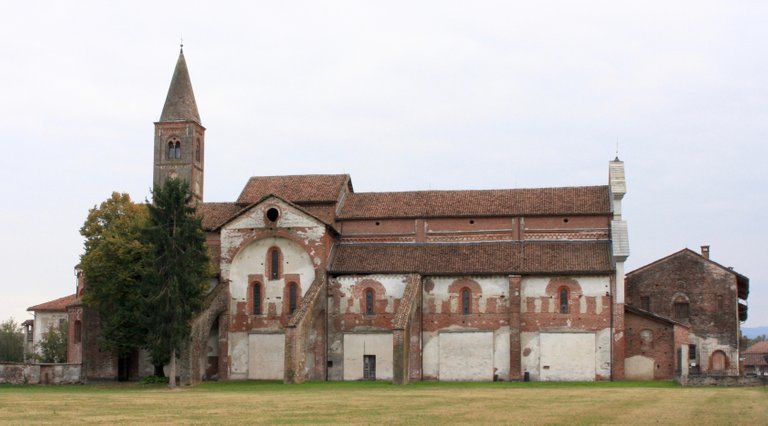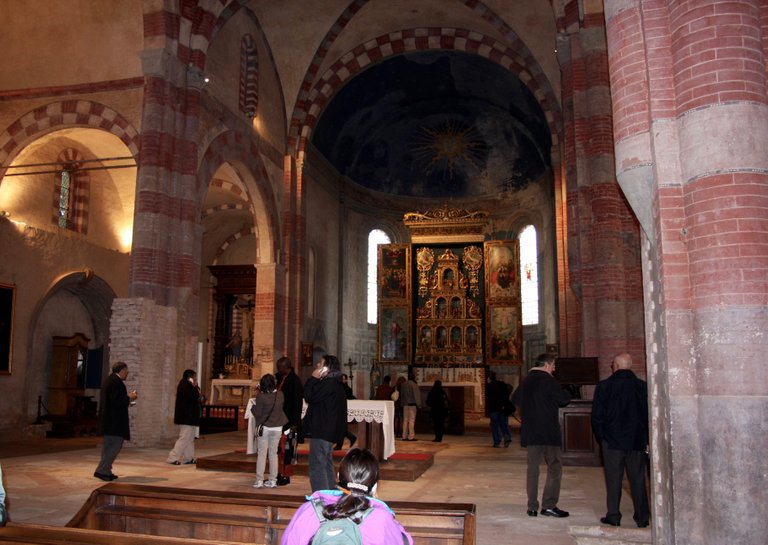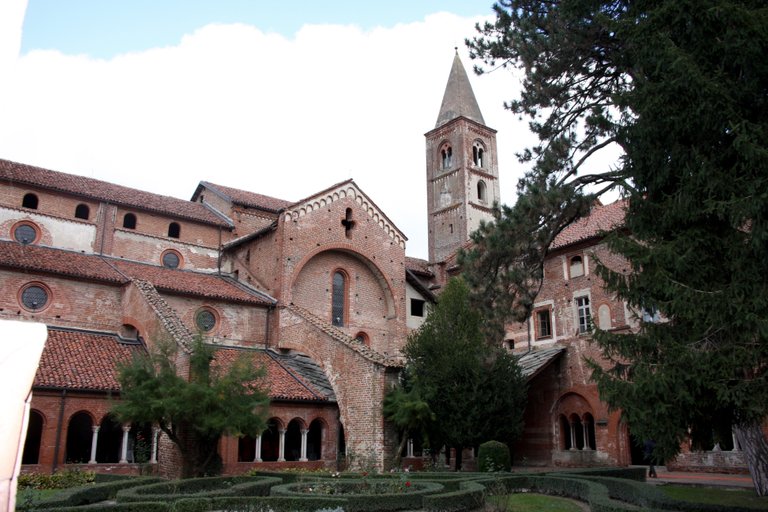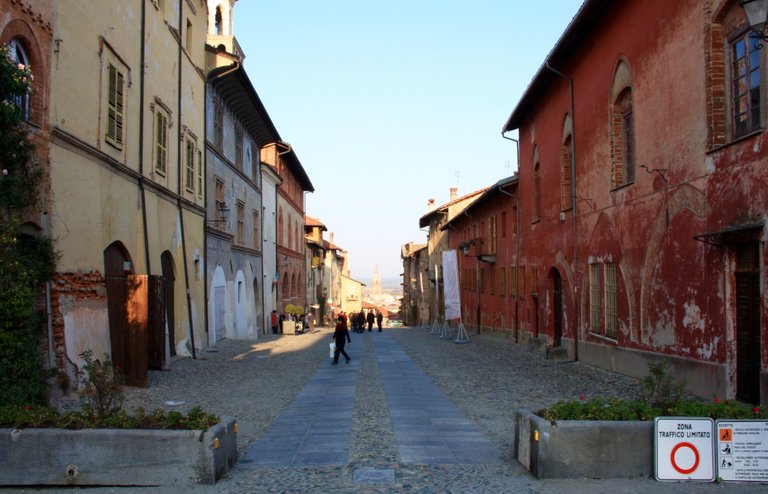Staffarda Abbey stands there all by its lonesome self on the plain of Italy’s Piedmont. It is almost as if the grand old building, now nearly eight centuries old, got left behind by time as it continued its onward march. The snow-covered heights of the Maritime Alps looming in the distance somehow adds to its air of forlornness.

Staffardo Abbey which was founded in 1135 and still is a hub of agricultural activity.
But its walls shield a proud albeit sometimes dented past. The abbey was founded in 1135 by Manfred 1 who was the first marquis of the charming nearby town of Saluzzo that is watched over by its own historic La Castiglia fortress that dates back to 1270.
It soon won renown as one of the most exemplary congregations of the Cisterians, a Catholic order that was founded in 1098 and which believes in manual labour and self-sufficiency as the essence of life. They did so well on those fertile plains through which the Po River runs in the direction of Milan that they soon became the region’s centre of agriculture.

The vaulted chamber where the industrious Cisterians got their spiritual inspiration.
The abbey church and cloister, and the covered market they built are mostly still intact, though they got modified over the centuries, not least as a result of damage caused in 1690 in the war between France and the Dukes of Savoy that held sway over those parts.
In keeping with the attitude to life of its founders there is a telling austerity about its red brick and sandstone walls and simple courtyard garden. But this is part of its charm as a tourist destination, as is its historical art collection and its Gothic-period pulpit that has behind it a set of painted wooden sculptures of the Crucifix that date back to the 16th Century.

The simplistic beauty of the abbey's courtyard garden.
The altar has scenes from the life of the Virgin, while on the inside of its two doors are painted the Resurrection, the Ascension of Christ, the descent of the Holy Spirit and the Coronation of Mary. Even the faded quality of frescoes in the refectory speak of the passing of time.

The historic lane of Staffarda Abbey's nearby town of Saluzzo.
The abbey remains a busy agricultural holding, and its congregants still get summoned by a bell tower dating back to 1250 to partake in their devotion as they have been doing over the centuries.